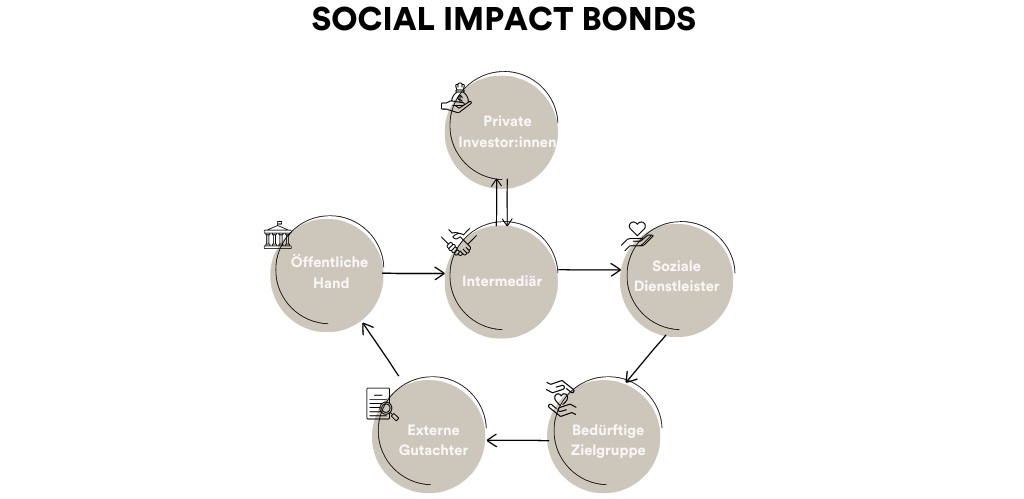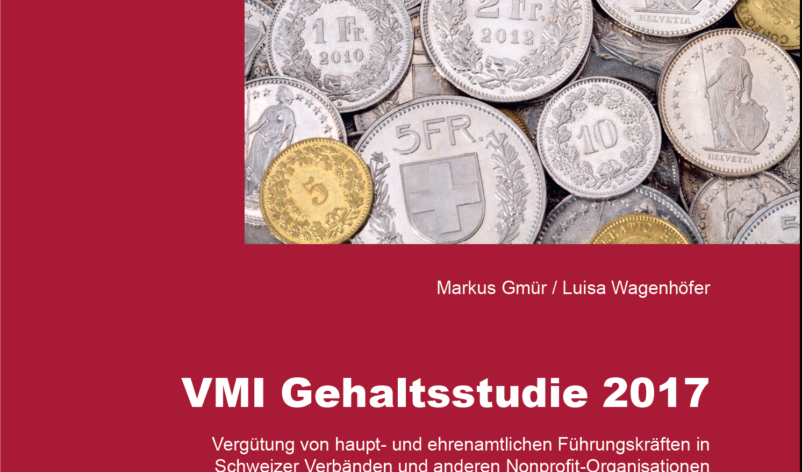
What is impact investing? The definition

Impact investing stands for impact-oriented investing. In concrete terms, this means that an investment achieves a measurable social or ecological return and a financial return at the same time . The challenge with impact investing is therefore to ensure that the investment is economically worthwhile, but that it also generates demonstrable social benefits.
Impact investing is an opportunity for foundations to increase their assets, thereby securing the foundation’s work in the long term and at the same time pursuing the foundation’s purpose. For this reason, impact-oriented investment in the foundation sector is also known as “mission investing”.
A profitable investment with a social return that corresponds to the foundation’s purpose is a promising prospect for many foundations. Here you can find out how impact investing works, what opportunities there are for investing and what foundations should consider when it comes to impact investing.
How does impact investing work?
Impact investments work like traditional investments in the form of loans and shares. “Social impact bonds” and “impact funds” are innovative financing instruments that were introduced specifically for impact-oriented investments. The money flows, for example, into companies that improve education or healthcare in developing countries or protect the environment in innovative ways. Social enterprises with any field of activity are eligible if they benefit the foundation’s purpose.

The success of impact investments is determined by the legal framework, the foundation’s own investment guidelines and the foundation’s purpose as set out in its statutes. Promising economic prospects of the project must be taken into account, but the social or ecological objectives play an equally important role.
Like all investments, impact investments also carry a risk. However, a study conducted by CEPS Basel in 2021 found that a third of foundations that focus on impact investments achieve better returns than conventional investments. Less than four percent of study participants reported reduced credit.
What is an impact fund?
Impact-oriented investment funds are also known as impact funds. As a financial instrument, investment funds aim to collect the money of several investors and invest it in a predetermined purpose. In the case of an impact fund, this is a purpose with a social return. The measurement and verifiability of the impact achieved is also included in the term impact fund. Investment funds are considered to be less risky, as the invested assets are generally spread across various assets. This form of investment is also conceivable for foundations, but there are hardly any providers of impact funds specifically aimed at foundations in Switzerland.
What to consider in impact investing?
One risk that needs to be taken into account in impact investing is the so-called “mission drift”. This occurs when financial returns are prioritized over socio-ecological returns over time, creating an imbalance. Precise and regular monitoring of the socio-ecological return and corresponding timely countermeasures prevent the actual goal from being lost sight of.
A low-threshold self-assessment can clear up questions and uncertainties in advance. A foundation can ask itself the following questions:
- Is there investment potential with the prospect of financial returns in one of our funding priorities or in a thematically related funding area?
- What is our pain threshold for returns – how much return are we able to forgo?
- How can we prevent “mission drift” from occurring in funded projects and organizations? What support measures can we offer ourselves?
Impact investing vs. ESG vs. DIB: these are the differences
ESG (Environmental, Social, Governance investment criteria) are often used as a synonym for impact investing. In fact, however, the two concepts differ greatly in terms of their objectives. ESG refers to the exclusion of investments in business models with negative social, ethical or environmental impacts or the integration of social, ethical and environmental criteria into investment decisions. Impact investing represents an active improvement through a capital investment. The impact target and impact logic are defined and determine the entire investment process.
Development Impact Bonds, or DIBs for short, are performance-based investment instruments that aim to finance development programs in developing and emerging countries. The bonds represent a contract between investors, donors and governments who have agreed on a common development goal. Investors provide funding for development programs whose returns are linked to measured development goals.
The process is usually as follows: An investor provides funding for a project and an auditor measures the results of the project. Certain results or target values are defined in advance. If these are achieved, a return is paid to the investor. This procedure is intended to ensure that the investor does not grant a concessionary loan.
Impact investing in Switzerland
One third of global impact investments are made in Switzerland. Impact investing accounts for only a fraction of all investments in Switzerland, but there is a clear upward trend. In 2019, the figure was 1.8%, while in 2020 impact investments had already tripled compared to the previous year. The long-standing humanitarian tradition and the financial center specializing in asset management strengthen new approaches. Switzerland also features a diverse ecosystem of private and public actors. These include: Asset managers, charitable foundations, pension funds, banks, insurance companies, academies, rating agencies and consulting firms as well as associations such as Swiss Foundations, Sustainable Finance Geneva (SFG), Swiss Association for Responsible Investments (SVVK-ASIR) and the umbrella organization Swiss Sustainable Finance. Not to be forgotten are state actors such as the Financial Market Authority (Finma) and SECO’s economic development cooperation as well as the Swiss Agency for Development and Cooperation (SDC), which are intended to achieve a measurable development impact. SECO’s economic policy platform “Die Volkswirtschaft” has produced a clear graphic for this purpose.







